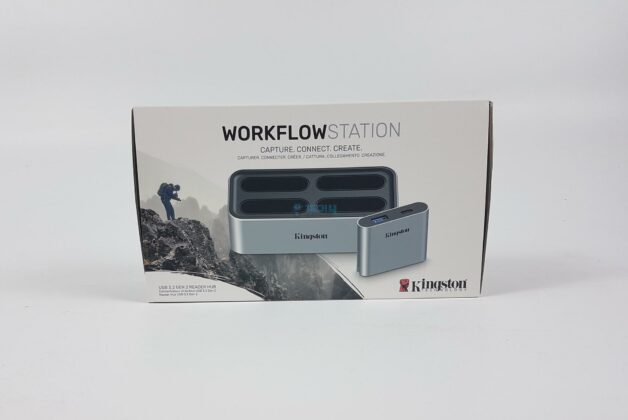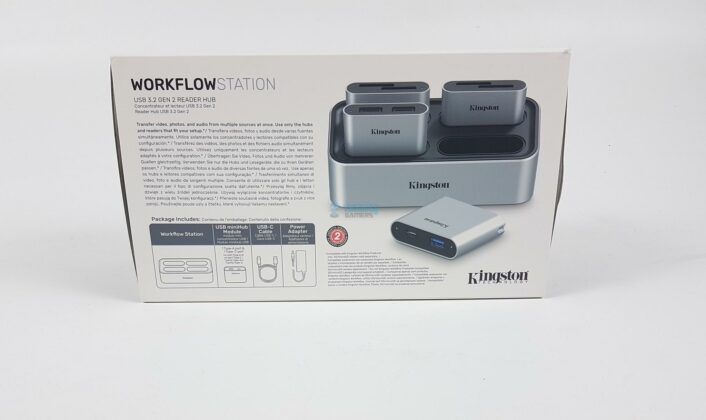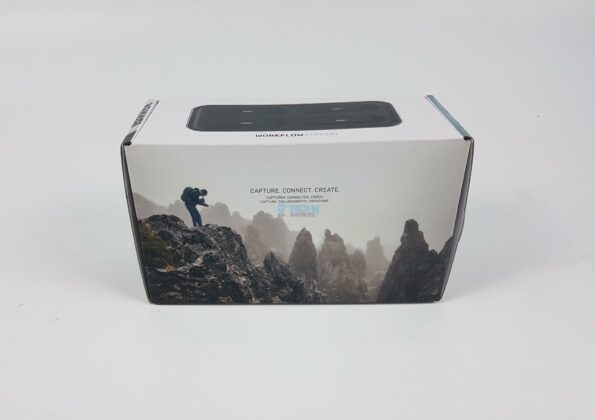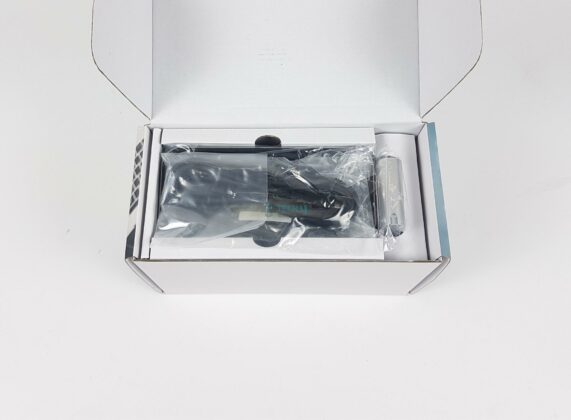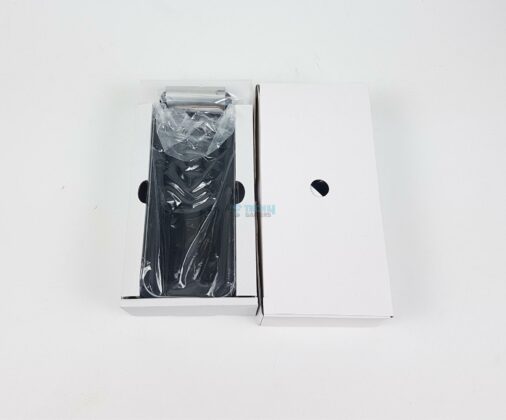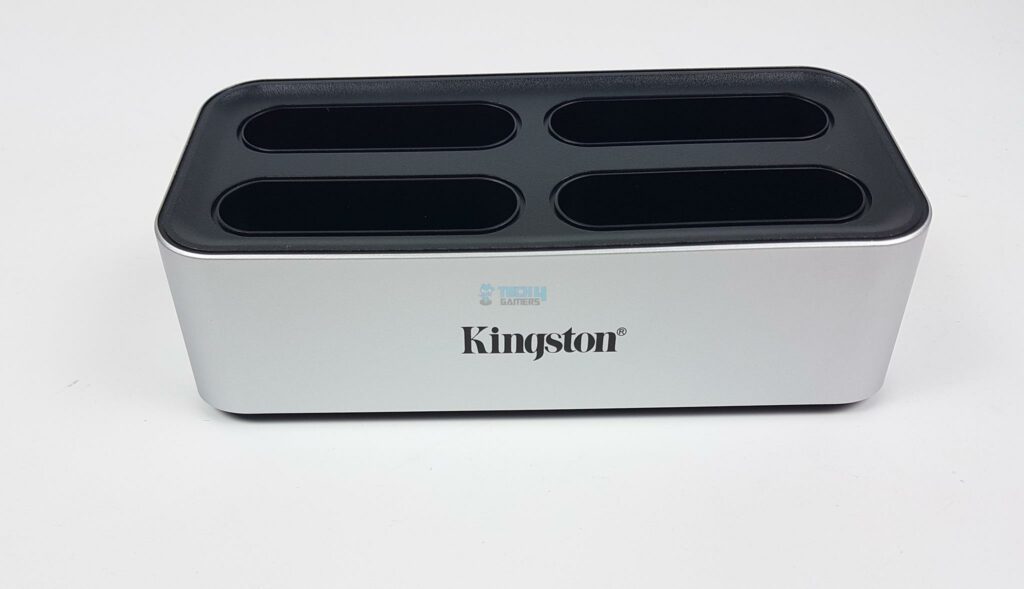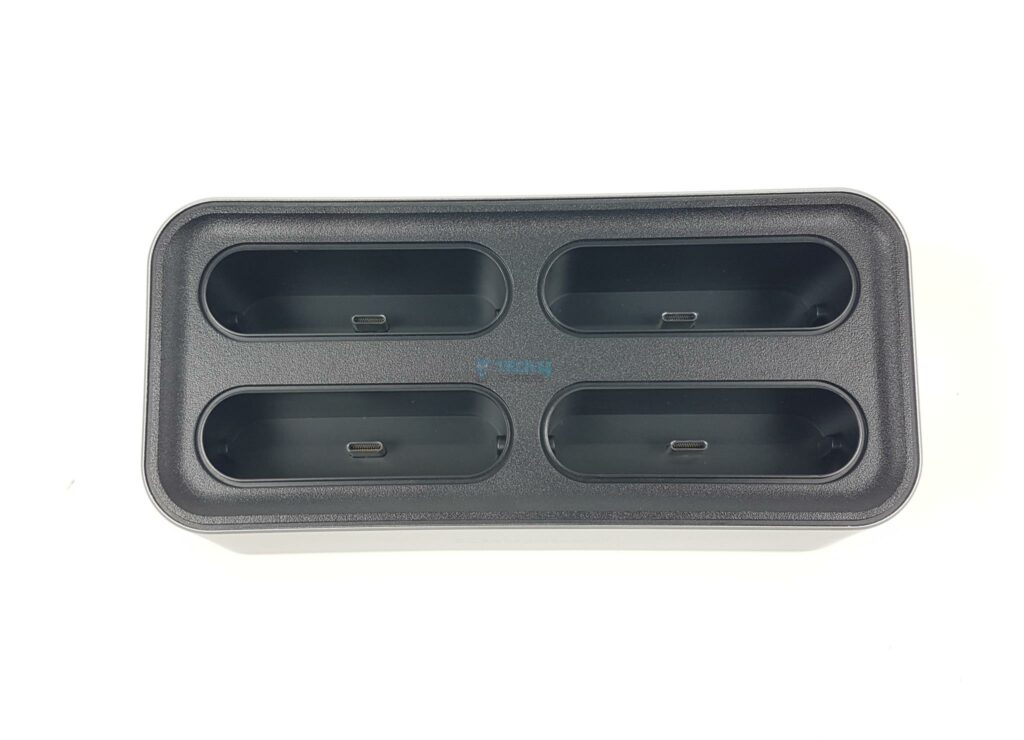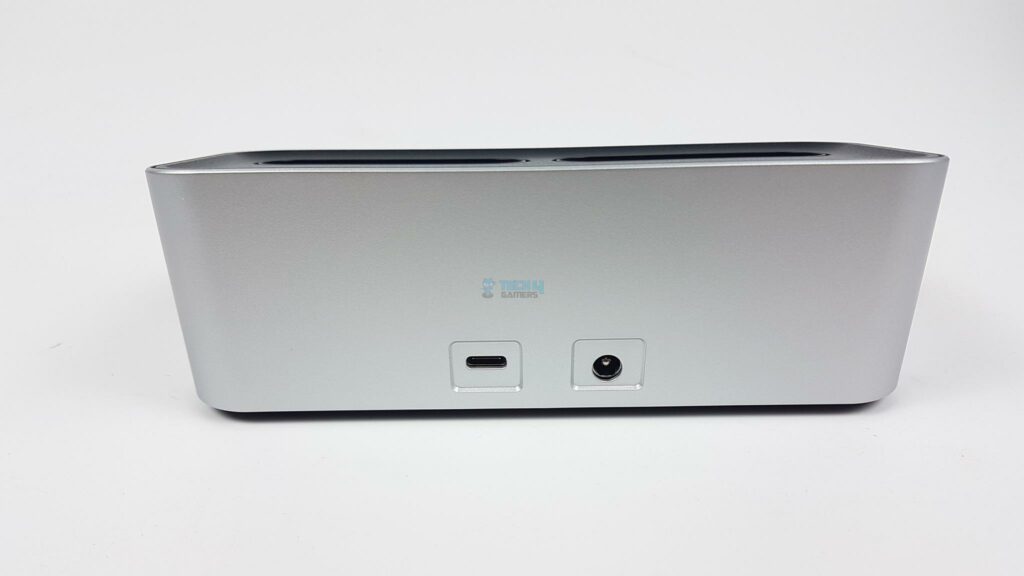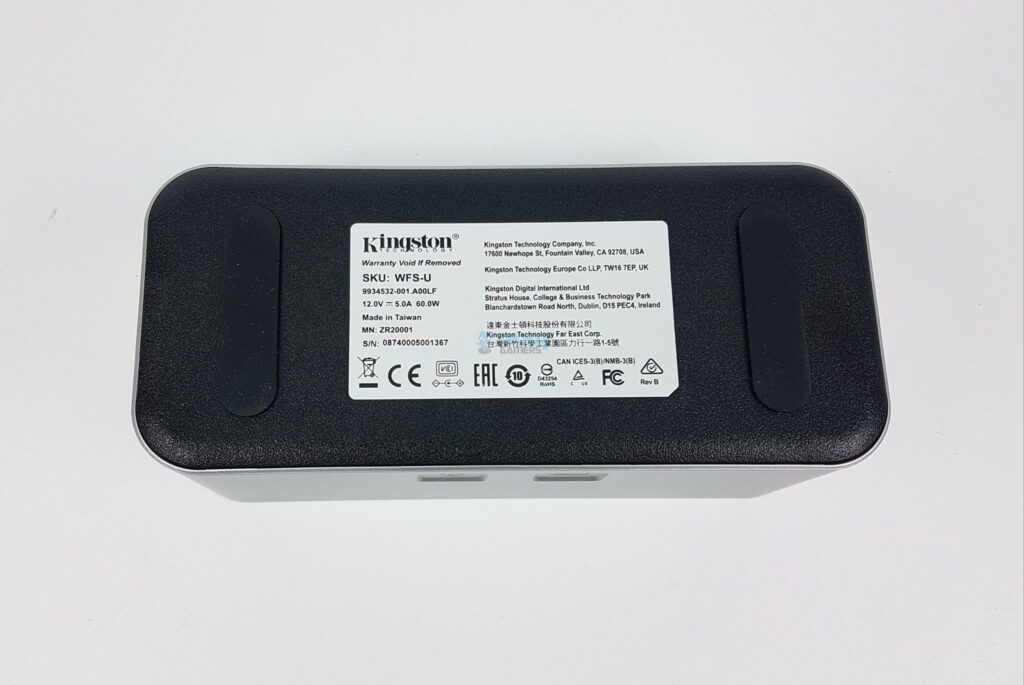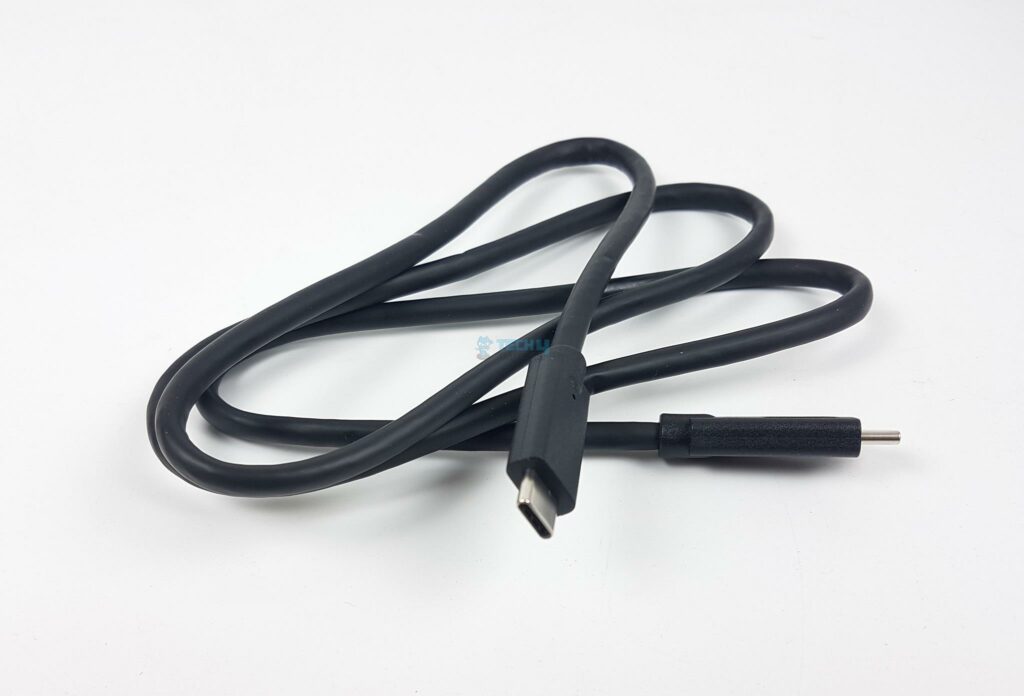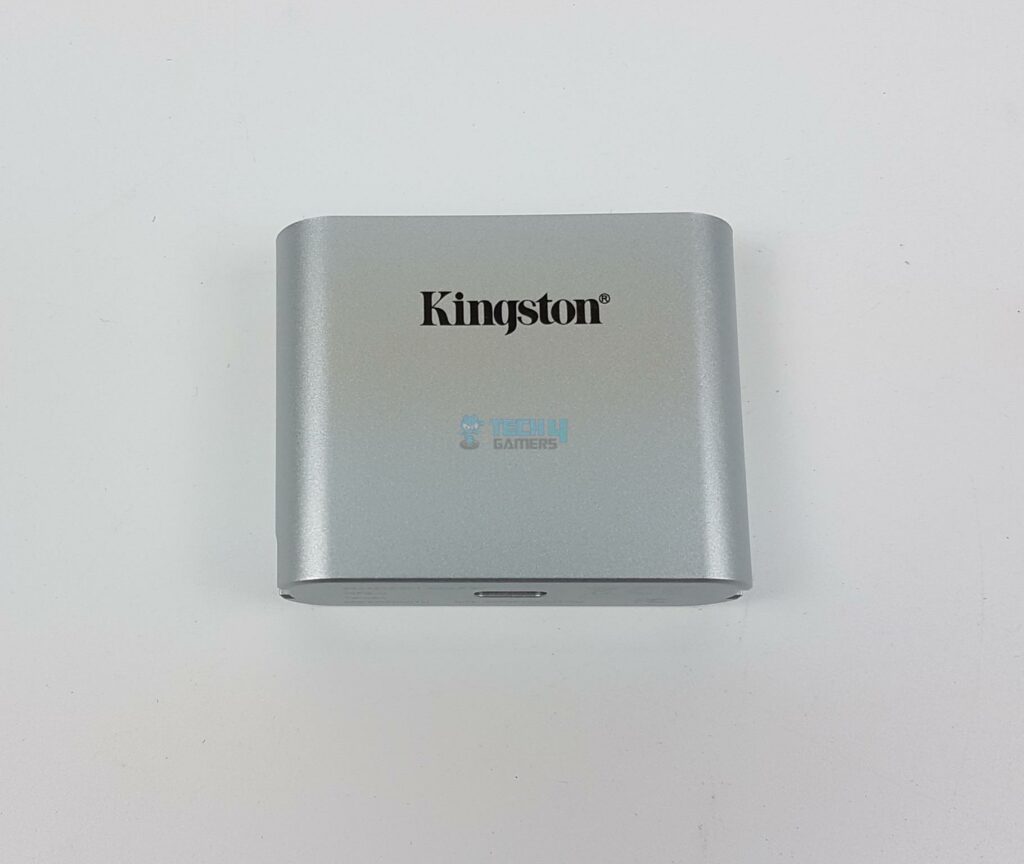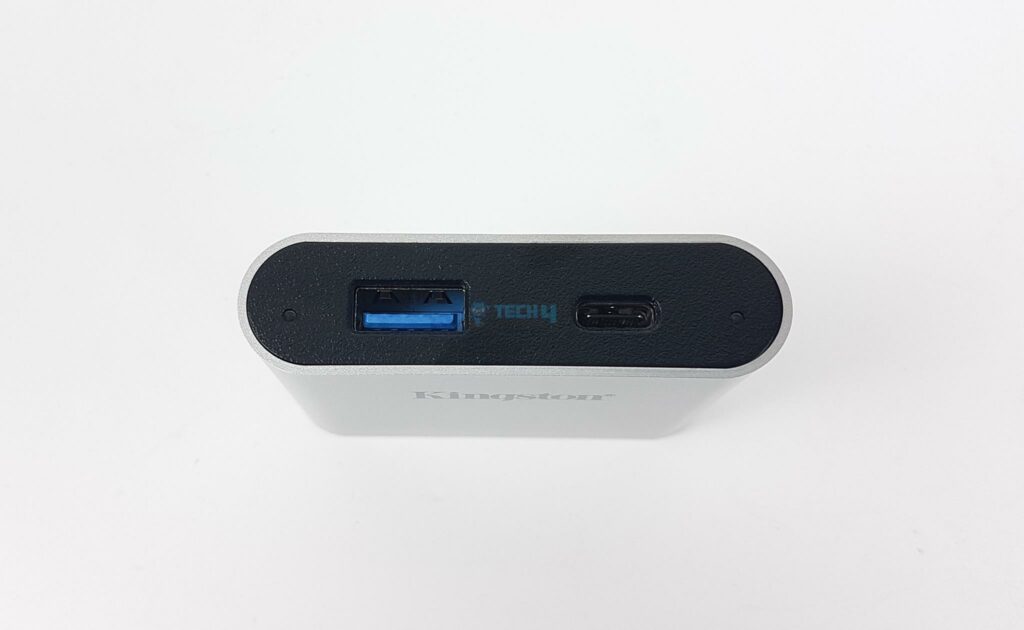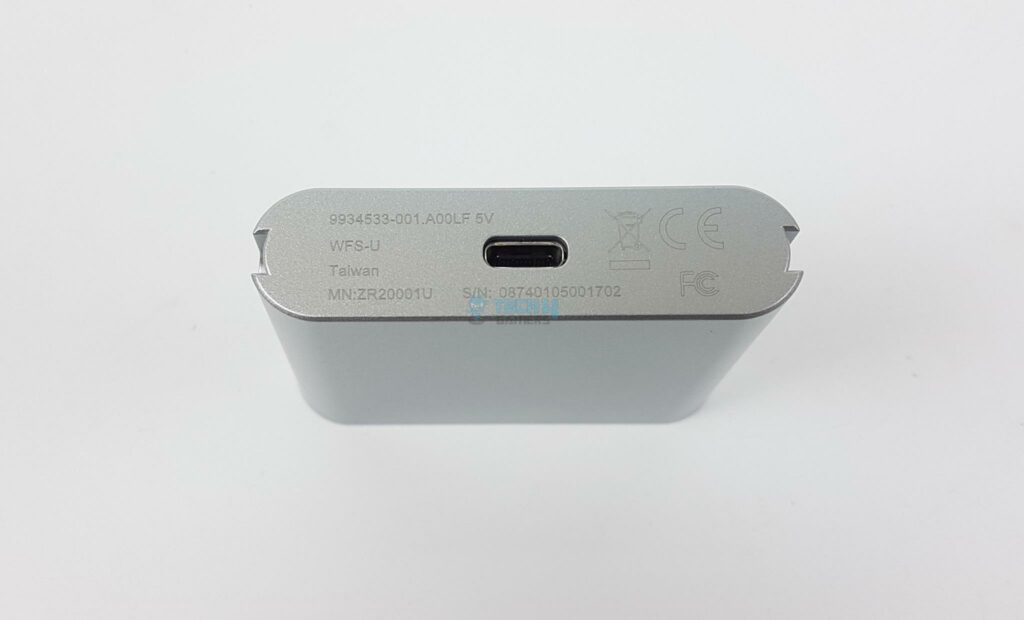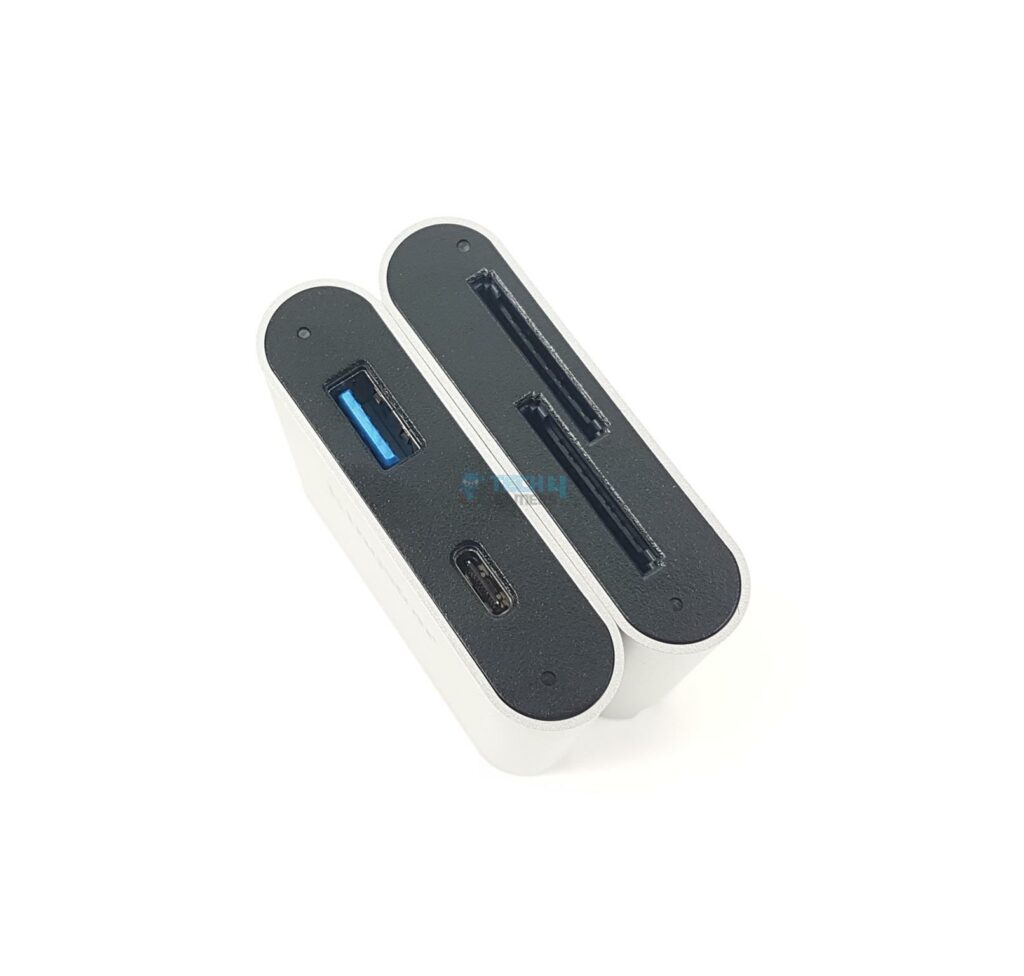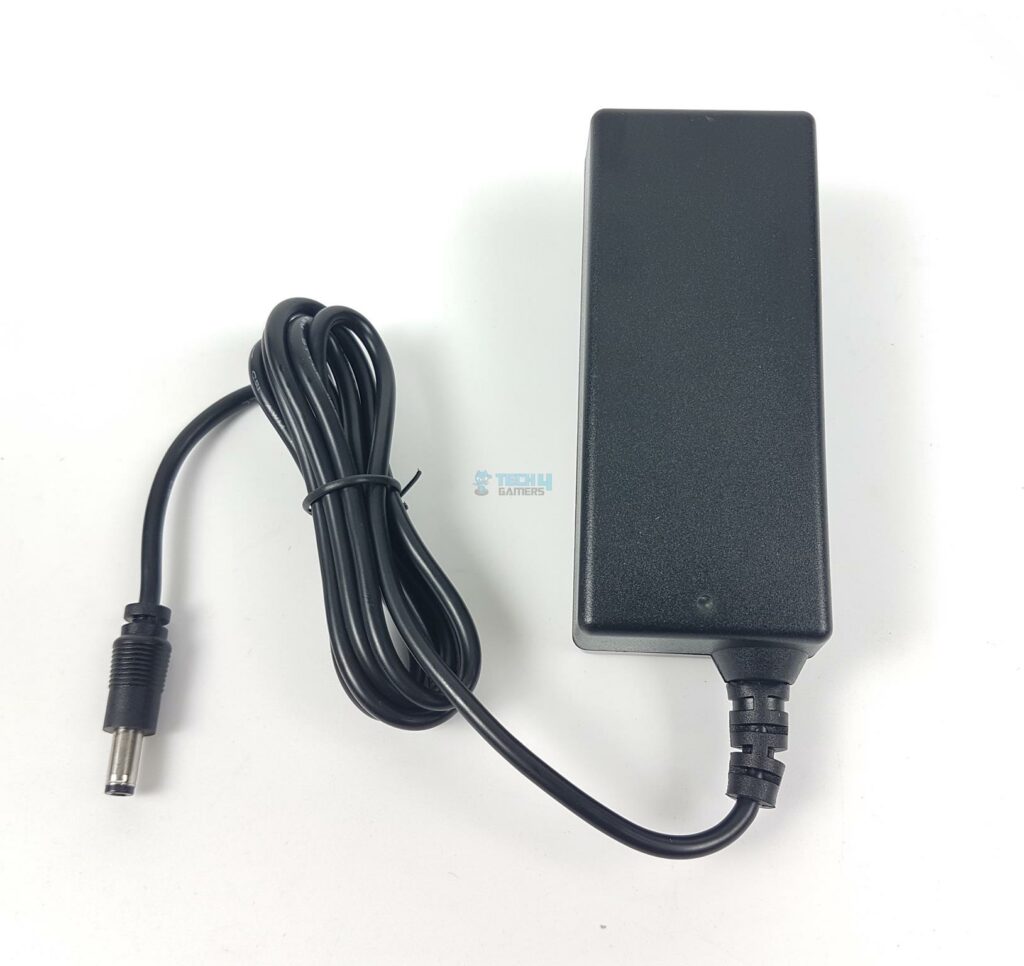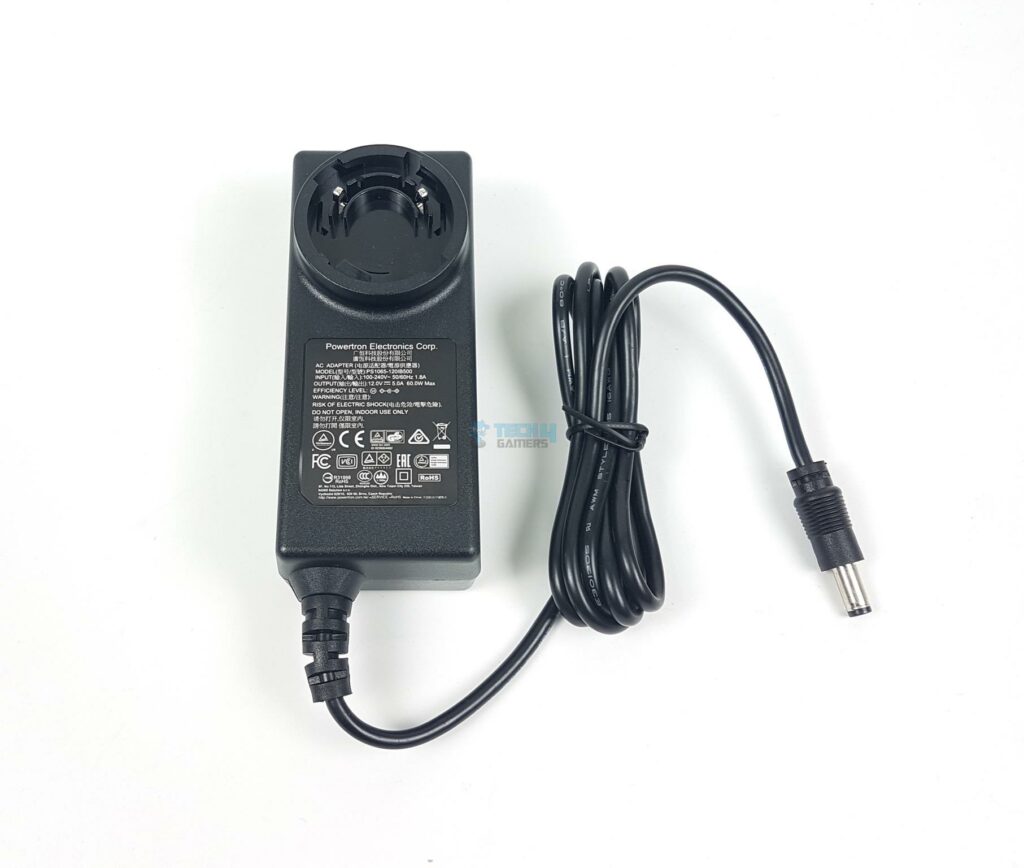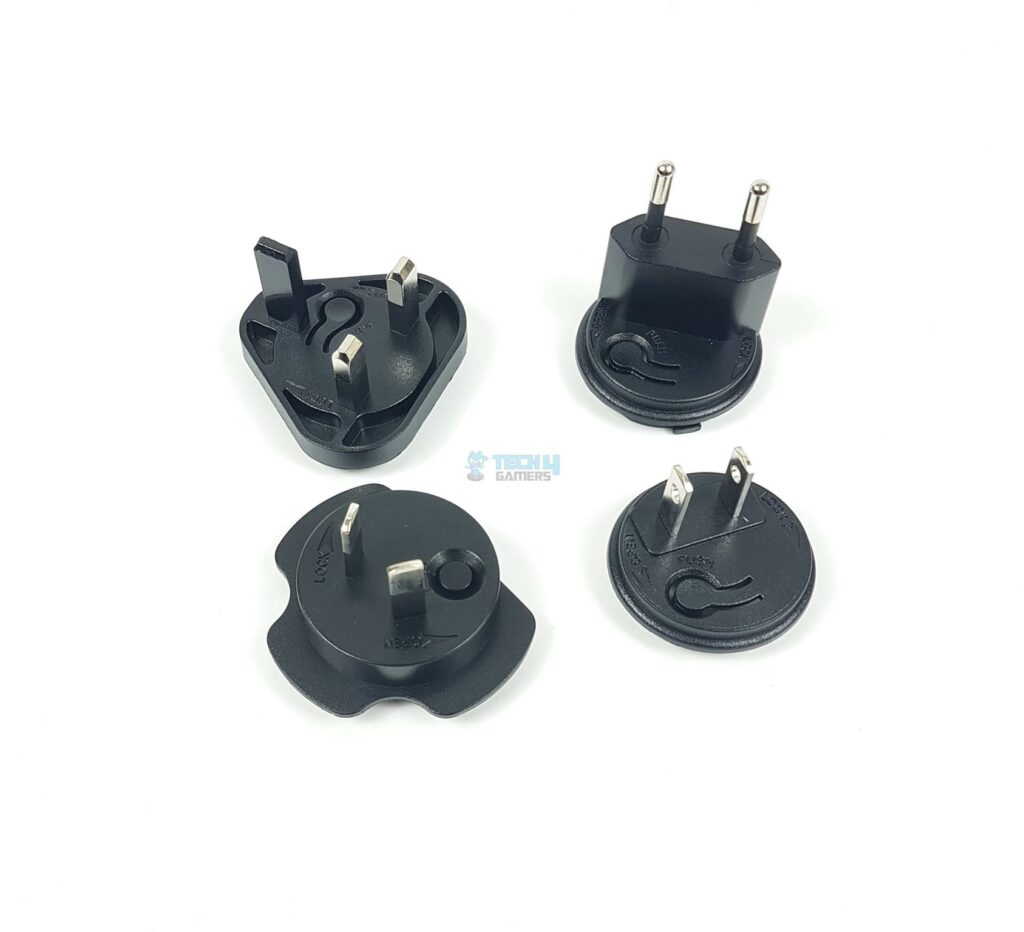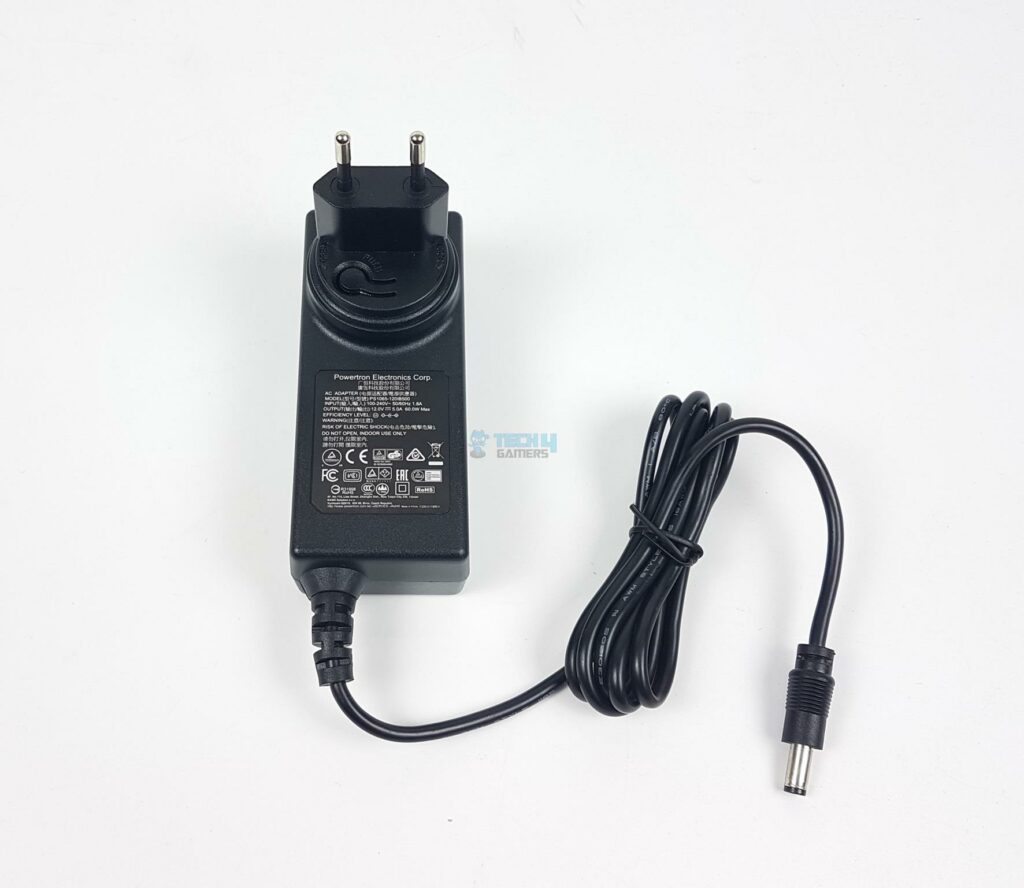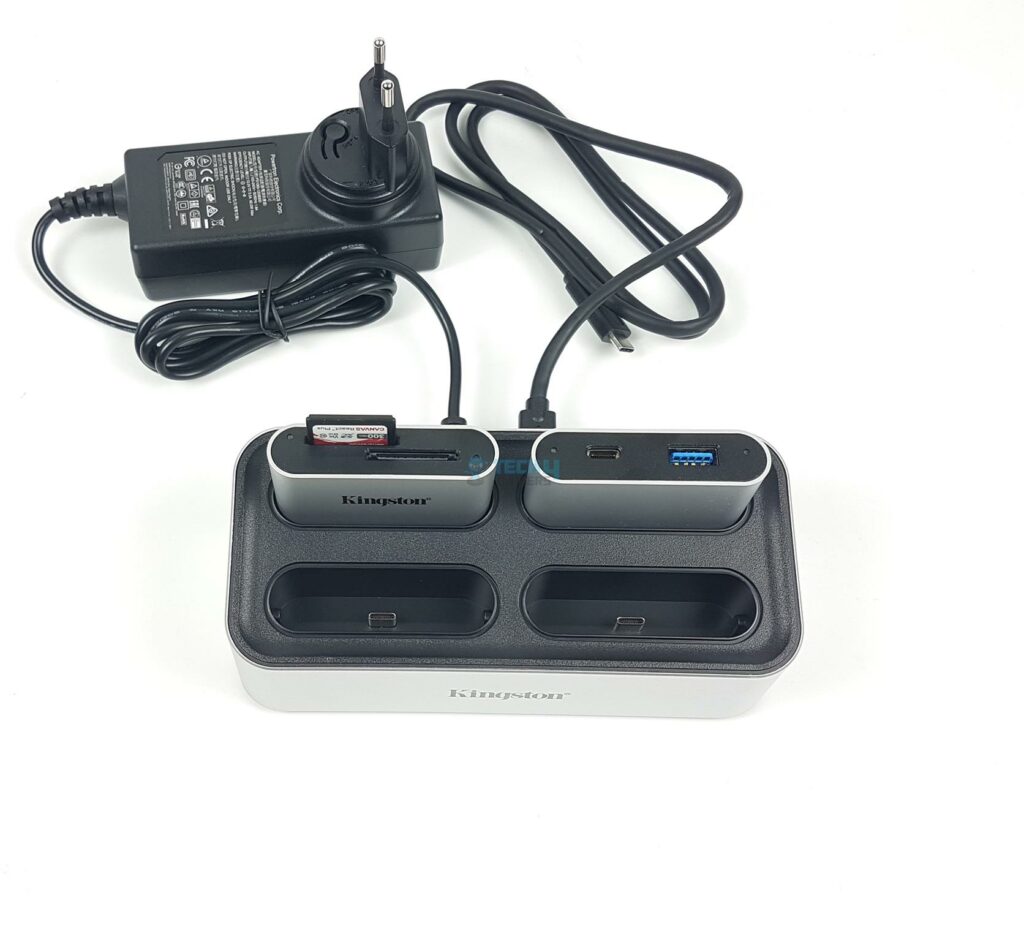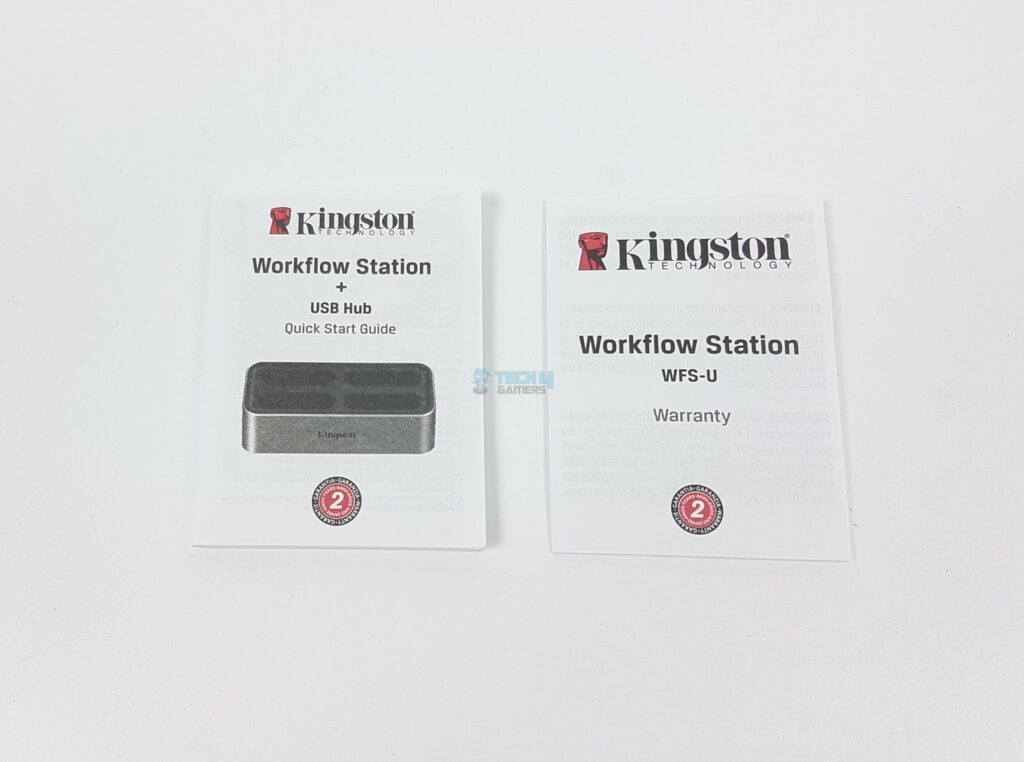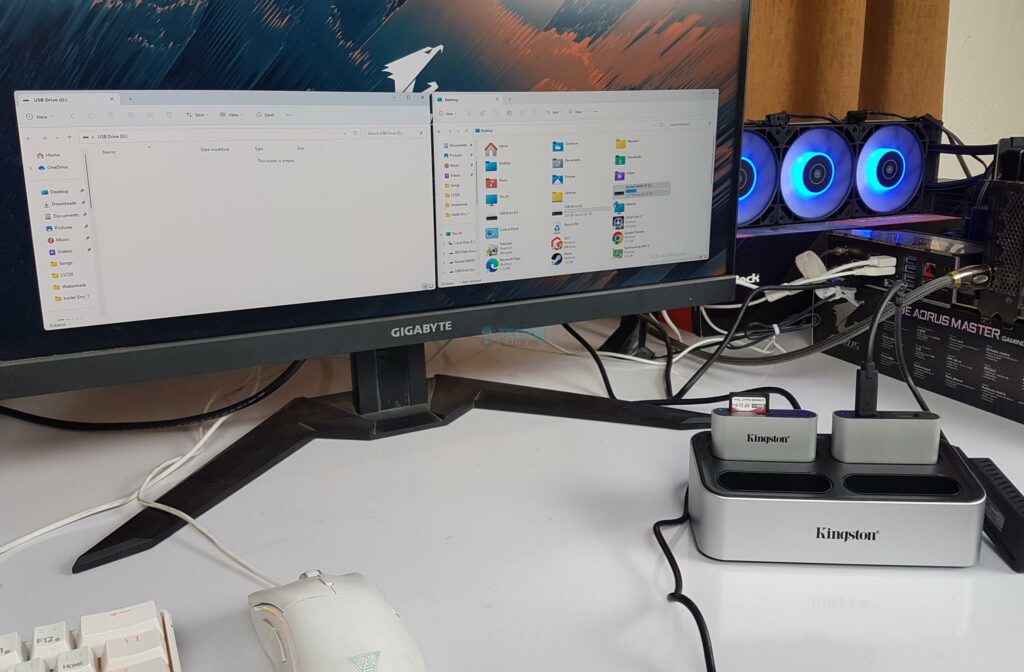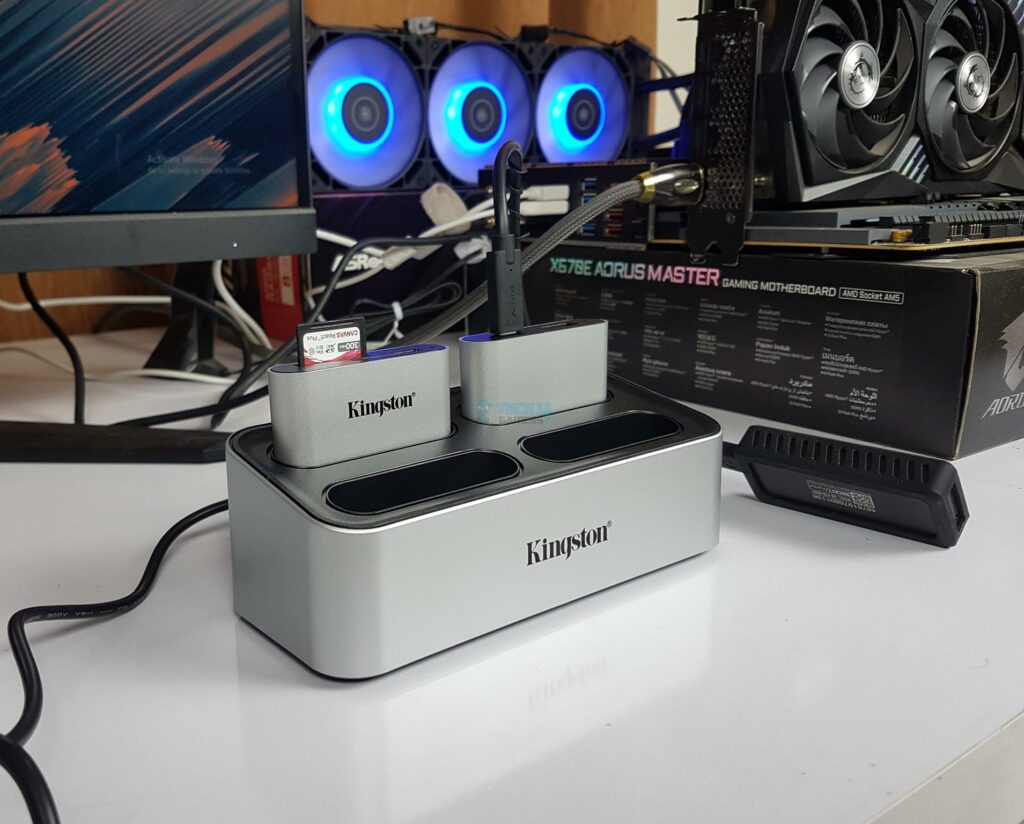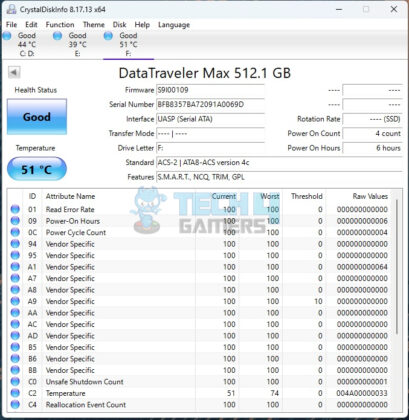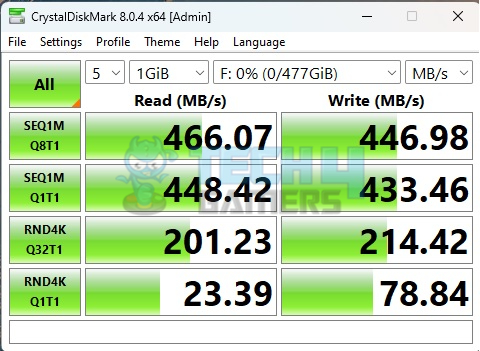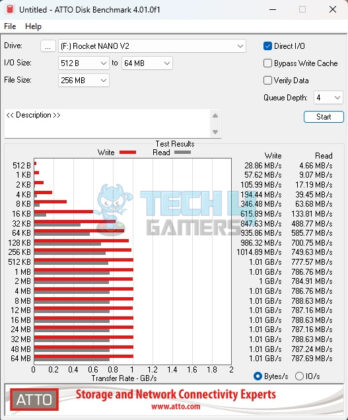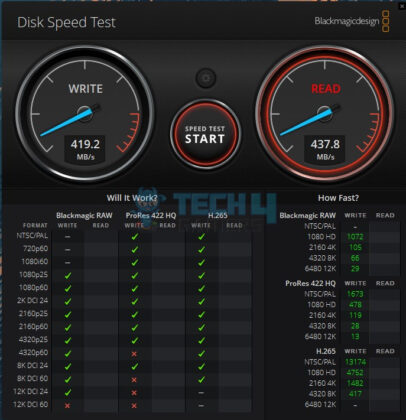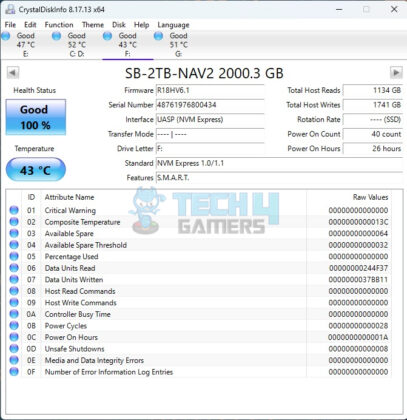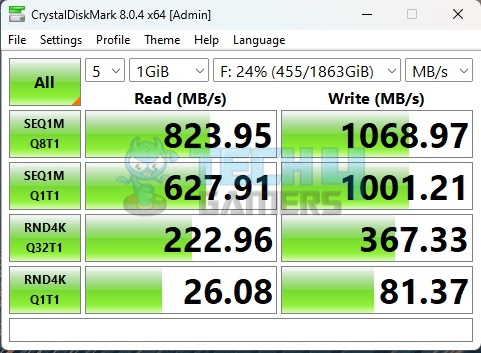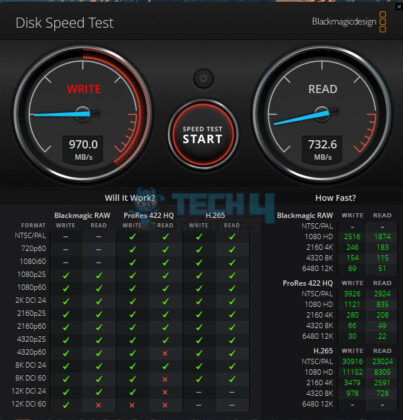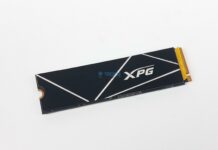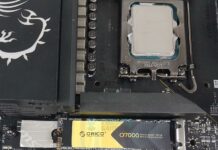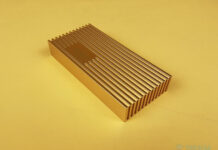An Affordable Workflow Station?
Review Summary
Kingston Workflow Station and USB mini-Hub is a convenient package for content creators and for users relying on USB-based storage. The dock provides a single point of communication for multiple sources whereas sources are pocket-friendly in size for on-the-go requirement and consolidation later on.
Hours Tested: 2-3
Overall
-
Build Quality - 8/10
8/10
-
Features - 9/10
9/10
-
Performance - 9/10
9/10
-
Value - 8/10
8/10
Pros
- Up to 4x Readers can be connected
- USB 3.2 Gen 2 Interface
- Dedicated Power
- Universal Adapter
- Convenient and Stylish Docking Solution
Cons
- Somewhat loose connection between the station and the reader
- 5Gbps limit on the reader
- Plastic Material
Docks play a pivotal role for content creators and particularly for the on-the-go persons who are traveling and want to transfer their data involving heavy images and videos to their storage drives. This time around, I am testing something unique, something that stands out from the competition, given its form, function, and versatility. Kingston Workflow Station and Readers is quite unique implementation of fast storage for on-the-go users, and we can see why and how this content is all about it.
Key Takeaways
- The Kingston Workflow Station facilitates quick and simultaneous data transfer from multiple sources, making it an ideal solution for content creators on the move.
- You should get the Kingston Workflow Station if you prioritize on-the-go data transfer, need versatility in setup for multi-cam shoots, and seek a fast editing workflow with USB 3.2 speeds.
- You should not get the Kingston Workflow Station if you require higher transfer speeds beyond 5Gbps or have firmness concerns about the potential wobbling of inserted readers.
- Why you can trust Tech4Gamers: We understand the importance of making informed decisions. That’s why our team spends significant time testing every product we review. Find out more about how we test.
Here are the specifications:
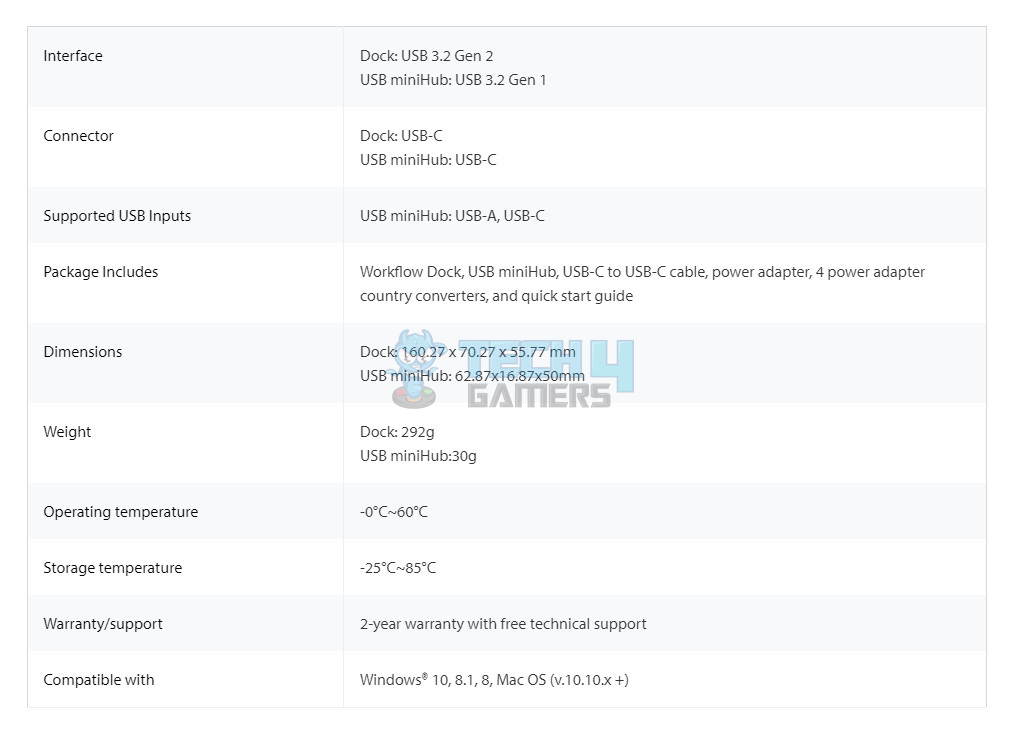
Packaging And Unboxing
Design
It is time to take a look at the main unit and included USB miniHub. For multi-cam shoots or B-Roll with drones, connect up to four readers simultaneously for fast footage transfer. The Workflow Station and Readers support speedy USB 3.2, expediting post-production. For flexibility on the go, easily pack the required hub or readers for location shoots, connecting to your laptop with the included USB-C® cable.
The dock, primarily plastic, has an aluminum housing with black Kingston branding, providing a stylish look (160.27×70.27×55.77mm). Its stepped design and four top ports offer flexibility, but the 5Gbps cap on readers limits the 10Gbps interface. Attempts to secure readers with studs are ineffective, causing wobbling.
The rear features a USB Type C port (USB 3.2 Gen 2) and a power port. The label reveals the station’s part number (WFS-U), 60W at 12V power rating, and Taiwanese origin. Two large rubber feet on the rear prevent surface scratches.
The package includes a lengthy black USB C cable with Type-C connectors, showcasing Kingston’s thoughtful design. The USB mini-Hub (reader), measuring 62.87×16.87x50mm, features a silver-colored plastic finish, cleverly resembling aluminum. Kingston branding in black is situated at the top on the front side.
The USB mini-Hub features two ports on top—USB-A (blue color) and USB-C—allowing users to connect two USB drives simultaneously. At the base, a USB Type-C port connects with the Workflow station, providing a USB 3.2 Gen 1 interface for a 5Gbps data transfer rate.
The above picture shows two readers. One is a USB mini-Hub, whereas the other is an SD Card reader. The right picture shows both readers installed on the dock.
Kingston includes a standard power adapter with the dock, emphasizing it’s not designed for on-the-go use. The LED indicator on the main housing displays the power status. The universal adapter supports different plug installations based on the country’s power grid frequency, rated at 100-240V, 50/60 Hz, and 1.8A. The maximum output is 60W at 12V, 5.0A.
Kingston has provided four power plugs that a user can use depending on the native power grid. We have used a two-pin EU plug.
Kingston has provided a user guide as well.
Testing
We have used the following test bench configuration for the testing:
- AMD Ryzen 9 7950X
- GIGABYTE X670E AORUS MASTER
- EKWB Nucleus CR360 Lux D-RGB
- Sabrent Rocket 32GB DDR5 4800MHz
- XPG S50 Lite 1TB NVMe SSD [For OS]
- Sabrent Rocket 4 Plus 2TB NVMe SSD [For Data]
- MSI GeForce RTX 3090 Gaming X Trio
- Be Quiet! Straight Power 11 850W Platinum
- Open-Bench Setup
Windows 11 is used with all updates till the date of testing. We have used the following test suites:
- CrystalDiskMark Benchmark
- ATTO Disk Benchmark
- Blackmagic Disk Benchmark
- CrystalDiskInfo
The drives we have used are:
- Kingston Data Traveller Max 512GB
- Sabrent Rocket NANO V2 2TB
As soon as the Workflow Station and readers were set up, our PC detected and displayed the SD card along with the flash drive that we connected. The right picture shows a close-up view of the connected drives. Please note that actual testing was done later on using different drive configurations, as stated above.
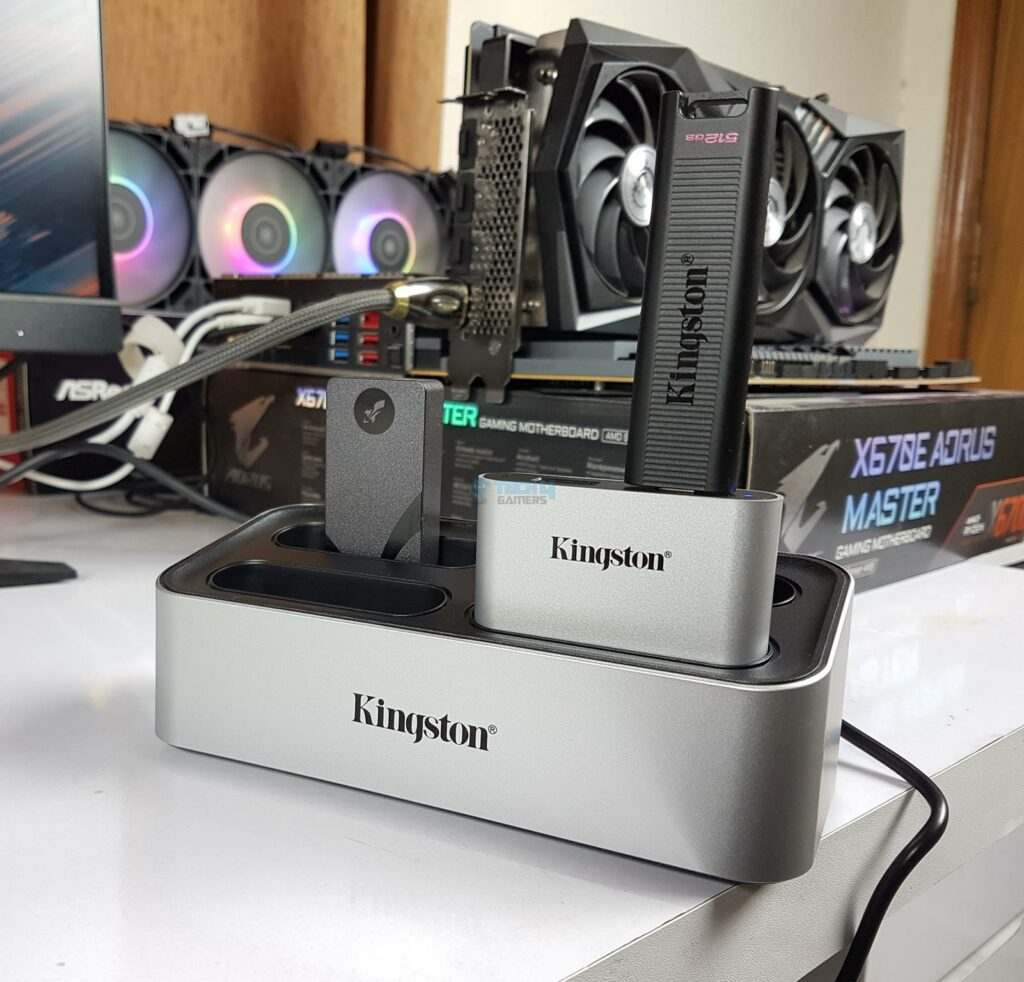
Test Result for Data Traveler Max 512GB
Let’s take a look at the result from Kingston USB 3.2 Gen 2 drive. This drive is capable of doing 10Gbps, but it will be limited to 5Gbps since this is the limitation of the USB mini-Hub that we have connected to the Kingston Workflow Station, and the drive is connected to this reader.
Test Result for Sabrent Rocket NANO V2 2TB
We decided to test the USB 3.2 Gen 2 capability of the Workflow station itself, and for that, we needed a drive that could be connected directly to either port of this dock. The Sabrent came to the rescue, and we were able to complete what we wanted. This drive is capable of doing more than 10Gbps; hence, it is a perfect candidate for this test.
Should You Buy It or Not?
After a thorough examination of the Kingston Workflow Station, I’ve determined that:
Buy It If:
✅You Want On-the-Go Data Transfer: If you are a content creator or a person frequently on the move, the Kingston Workflow Station is an ideal solution for transferring heavy images and videos from multiple sources at once.
✅You Need Versatility in Setup: The ability to connect up to four readers simultaneously for fast footage transfer makes it versatile for multi-cam shoots or scenarios involving drones. The USB mini-Hub allows you to connect two USB drives simultaneously.
✅You Need Fast Editing Workflow: The station supports USB 3.2 speeds, ensuring quick data transfer and expediting post-production, which is essential for a smooth editing workflow.
Don’t Buy It If:
❌You Need Higher Transfer Speeds: If your workflow requires speeds beyond 5Gbps, be aware that the reader is limited to USB 3.2 Gen 1 interface speed, even though the station supports USB 3.2 Gen 2.
❌Firmness Concerns: If you are particular about the firmness of connections, be cautious, as the inserted readers in the housing may wobble.
Conclusion
After putting the Kingston Workflow Station through its paces, I’m impressed with its unique design catering to on-the-go content creators. The combination of a central docking station and pocket-size readers offers a practical solution for transferring data efficiently.
The station’s plastic and aluminum build, coupled with a USB 3.2 Gen 2 interface, reflects Kingston’s commitment to both form and function. However, the wobbling issue with inserted readers requires cautious handling.
The inclusion of a USB mini-Hub adds versatility for multi-cam setups, while the support for USB 3.2 speeds enhances post-production efficiency. Although not explicitly designed for on-the-go use, the compact readers provide a portable option for carrying essential data.
In testing, the station performed admirably with drives like the Kingston Data Traveler Max and Sabrent Rocket NANO V2, confirming its capability for high-speed data transfer.
Recent Updates
- December 15, 2023: A few text changes to improve readability.
Thank you! Please share your positive feedback. 🔋
How could we improve this post? Please Help us. 😔
[Hardware Reviewer & Editor]
Meet Nauman Siddique, a highly experienced computer science graduate with more than 15 years of knowledge in technology. Nauman is an expert in the field known for his deep understanding of computer hardware.
As a tech tester, insightful reviewer, and skilled hardware editor, Nauman carefully breaks down important parts like motherboards, graphics cards, processors, PC cases, CPU coolers, and more.
- 15+ years of PC Building Experience
- 10+ years of first-hand knowledge of technology
- 7+ years of doing in-depth testing of PC Hardware
- A motivated individual with a keen interest in tech testing from multiple angles.
- I majored in Computer Science with a Masters in Marketing
- Previously worked at eXputer, EnosTech, and Appuals.
- Completed Course in Computer Systems Specialization From Illinois Tech


 Threads
Threads
